
THE IMAGE OF THE WAR CORRESPONDENT
IN MOVIES AND TELEVISION
1931-2007
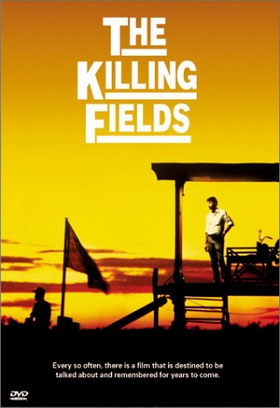
THE 2008 IJPC ASSOCIATES PREMIUM DVD
4:15:00 – 167 clips -- Mp4 Files Available on IJPC Hard-Drive
Produced by Joe Saltzman
Edited by Lee Warner
The Image of the War Correspondent in Movies and TV
1930s to 1960s – 90 clips – 2:04:00
The Image of the War Correspondent in Movies and TV
1970s to 2000s – 77 clips – 2:11:00
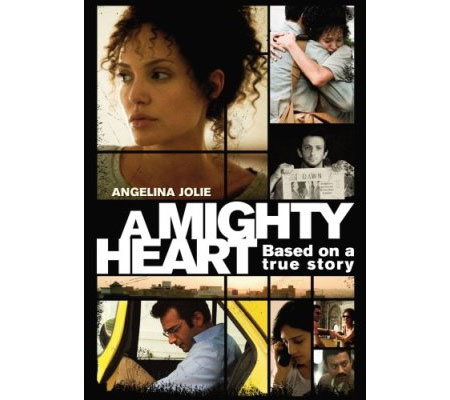
This IJPC video compilation for IJPC Associates runs more than four hours and contains 167 movie and television clips tracing the image of the war correspondent in films and television from 1931 to 2007.
This video can be used in a variety of ways. It is the perfect introduction to any communications class on the image of war and foreign correspondent in popular culture. It could be used in any class on history, media, ethics, communication studies or any class discussing the role of the war or foreign correspondent in journalism in popular culture.
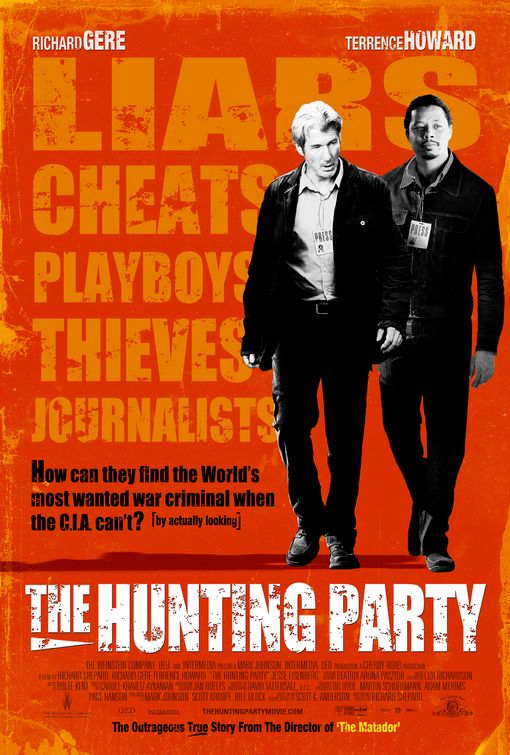
* * *
The undisputed journalist hero is the war correspondent. During the 1940s, the war correspondent became a national folk hero. In the movies, popular actors couldn’t wait to play the glamorous overseas war reporter who would save the day, his loved one and his country in less than a couple of hours. Some war correspondents were a variation on the oldest stereotype in newspaper films – the crime reporter. During dangerous times abroad, they were working on a larger canvas, but still solving the crime without official help or guidance. When there weren’t any conflicts, the foreign correspondent movies and fiction were a lot less dramatic.
The war correspondent was the perfect movie hero whose daily work included patriotism, danger, violence and drama. They were where the action was and a whole nation held its breath while they risked their lives overseas to get the story back to the home front. Issues of distorting the truth in times of war and censorship were sometimes touched upon, but when bullets were flying and lives were in jeopardy, those nuances didn’t really interest American moviemakers or moviegoers. Kill the enemy and save our boys no matter what it takes – and if that meant journalists who practiced jingoism and racism, that was a price everyone seemed willing to pay.
Modern films and fiction are more nuanced showing the war correspondent struggling to maintain a balance between love of country and fairness. Many war correspondents died on the battlefield or trying to get a story out of enemy territory. With Iraq and Afghanistan in daily headlines, this topic seems more timely than ever.
The image of the war correspondent is one of the most exciting in all of popular culture – often glamorizing the profession but also occasionally showing the bravery and day-to-day toughness war correspondents have to have both in fiction and in real life.
The war correspondent in popular culture offers one of the consistent heroic portrayals of the journalist in movies, fiction, graphic novels and television programs. Among them:
- The dedicated and brave male correspondent who has the respect of the soldiers he writes about because they feel he is in the trenches with them and knows what war is all about. This image is contrasted with the arrogant journalist who writes or files TV reports about the war from the safety of his hotel room with the emphasis on what is happening to him and his reactions to the battle. There is also the male war correspondent who becomes a fierce fighter saving the day with a gun and his fists and seldom filing any story at all.
- The female war correspondent who wins the respect of the soldiers and her male colleagues with her professionalism and heroics in the field. This image is contrasted with the sexy, not-very-bright female journalist who needs a man to help her get the story and keep her from harm’s way.
The heroes are those war correspondents who risk their lives so that the public at home can be informed. Although they are forced to cooperate with military authorities, they still do their best to tell their readers or viewers as accurate a story as they can report. Many are based on real-life war correspondents such as Ernie Pyle and Martha Gellhorn.
The villains – and there aren’t many war correspondents who are villains – are those who care more about their own image than they do about informing the public. Some heroic war correspondents are considered villains by the military because the military believes that these reporters are hurting their country by reporting news that benefits the enemy. But in the public’s mind, these war correspondents are legitimate heroes bucking great odds and often death to report the truth.
* * *
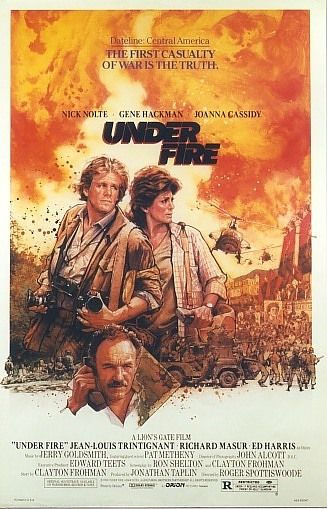
The video is for personal use only and is available only to IJPC Associates. It is not available anywhere else.
NOTE: There is some profanity, nudity and extreme violence (beheadings) in this video. Please screen privately before showing it to your class. Key clips to check: Apocalypse Now, Dogs of War, Angkor-Cambodia Express, Under Fire, The Killing Fields, Salvador, The Time for Cherries, Pretty Village, Pretty Flame, Three Kings, Harrison’s Flowers, Escape From Afghanistan, War Stories, Over There, Embedded Live, Blood Diamond, The Hunting Party. Also, please be aware that there is blatant racism in many of the war films, especially those dealing with World War II.
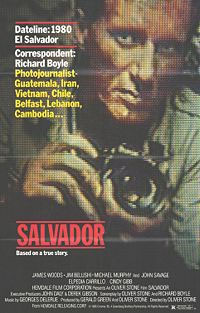
The video includes the following clips:
PART ONE: The Image of the War Correspondent in Movies and TV
1930s to 1960s – 90 clips – 124 minutes
1930s
Strangers May Kiss (1931)
The Yellow Ticket (1931)
Clear All Wires! (1933)
Four Frightened People (1934)
I’ll Tell the World (1934)
Paris Interlude (1934)
Sing Sing Nights (1934)
Viva Villa! (1934)
Love on the Run (1936)
Next Time We Love (1936)
Espionage (1937)
I Cover the War (1937)
The Last Train from Madrid (1937)
The Soldier and the Lady (1937)
That Certain Age (1938)
Gateway (1938)
International Settlement (1938)
Too Hot To Handle (1938)
North of Shanghai (1939)
Barricade (1939)
Everything Happens at Night (1939)
The Light That Failed (1939)
Stanley and Livingstone (1939)
1940s
Arise, My Love (1940)
Comrade X (1940)
A Dispatch from Reuter’s (1940)
Foreign Correspondent (1940)
Confirm or Deny (1941)
Penny Serenade (1941)
Affectionately Yours (1941)
Man At Large (1941)
Berlin Correspondent (1942)
Cairo (1942)
Once Upon a Honeymoon (1942)
Journey for Margaret (1942)
Somewhere I’ll Find You (1942)
A Yank in Libya (1942)
This Was Paris (1942)
Three Hearts for Julia (1943)
Behind the Rising Sun (1943)
Jack London (1943)
Guadalcanal Diary (1943)
My Son, the Hero (1943)
They Got Me Covered (1943)
Action in Arabia (1944)
The Fighting Seabees (1944)
Passage to Marseille (1944)
Betrayal from the East (1945)
Blood on the Sun (1945)
Guest Wife (1945)
Isle of the Dead (1945)
Objective, Burma! (1945)
Ernie Pyle’s Story of G.I. Joe (1945)
Week-End at the Waldorf (1945)
Sing Your Way Home (1945)
Salome, Where She Danced (1945)
Perilous Holiday (1946)
The Searching Wind (1946)
June Bride (1948)
Command Decision (1948)
Malaya (1949)
1950s
The Big Lift (1950)
The Tanks Are Coming (1951)
Here Comes the Groom (1951)
Assignment – Paris (1952)
Never Let Me Go (1953)
Little Boy Lost (1953)
Roman Holiday (1953)
Sabre Jet (1953)
The Last Time I Saw Paris (1954)
Love Is a Many-Splendored Thing (1955)
The Gamma People (1956)
Godzilla, King of the Monsters! (1956)
The Sun Also Rises (1957)
Another Time, Another Place (1958)
Dunkirk (1958)
The Quiet American (1958)
The Angry Hills (1959)
Island of Lost Women (1959)
1960s
The Angel Wore Red (1960)
Mysterious Island (1961)
Lawrence of Arabia (1962)
The Bedford Incident (1965)
The One Eyed Soldiers (1966)
The Venetian Affair (1967)
Hogan’s Heroes: “No Names Please” (1968)
Anzio (1968)
The Green Berets (1968)
The Shoes of the Fisherman (1968)
PART TWO: The Image of the War Correspondent in Movies and TV
1970s to 2000s – 76 clips – 129 minutes
1970s
Young Winston (1972)
Fireball Forward (1972)
The Girl From Petrovka (1974)
The Man Who Would Be King (1975)
M*A*S*H: “The Interview” (1976)
M*A*S*H: “Our Finest Hour” (1978)
Apocalypse Now (1979)
1980s
M*A*S*H: Co-Respondent (1980)
Reds (1981)
Das Boot (1981)
The Dogs of War (1981)
M*A*S*H: Tell It To the Marines (1981)
M*A*S*H: Blood and Guts (1982)
The Year of Living Dangerously (1982)
Angkor: Cambodia Express (1982)
The Blue and the Gray (1982)
Wrong Is Right (1982)
V (1983)
Love Is Forever (1983)
Last Plane Out (1983)
Under Fire (1983)
The Killing Fields (1984)
Salvador (1986)
Violets Are Blue (1986)
Murrow (1986)
Full Metal Jacket (1987)
Deadline (1987)
Saigon Commandos (1987)
Scoop (1987)
Highway to Heaven: “The Correspondent” (1988)
Shooter (1988)
Violent Zone (1989)
China Beach: “How To Stay Alive in Vietnam” (1989)
Old Gringo (1989)
Margaret Bourke-White (1989)
1990s
Navy Seals (1990)
Cover-Up (1991)
Year of the Gun (1991)
The Time for Cherries (1991)
Held Hostage: The Sis and Jerry Levin Story (1991)
Coach: “Dateline Bangkok” (1992)
Double Edge (1992)
Turtle Beach (1992)
Danielle Steel’s Message from Nam (1993)
Speechless (1994)
Pretty Village, Pretty Flame (1996)
Welcome to Sarajevo (1997)
Forbidden Territory: Stanley’s Search for Livingstone (1997)
Legacy (1998)
A Bright Shining Lie (1998)
Three Kings (1999)
2000s
Harrison’s Flowers (2000)
No Man’s Land (2001)
The Quiet American (2002)
We Were Soldiers (2002)
Live from Baghdad (2002)
Escape from Afghanistan (2002)
Fire Over Afghanistan (2003)
War Stories (2003)
Law & Order: “Embedded” (2003)
And Starring Pancho Villa as Himself (2003)
Coronado (2004)
Critical Assignment (2004)
Over There (2005)
Embedded Live (2005)
Jarhead (2005)
The Good German (2006)
Blood Diamond (2006)
Six Degrees (2006)
Kabul Express (2006)
The Situation (2006)
Retaliation (2006)
A Mighty Heart (2007)
Redacted (2007)
Interview (2007)
The Daily Show (2007)
The Hunting Party (2007)